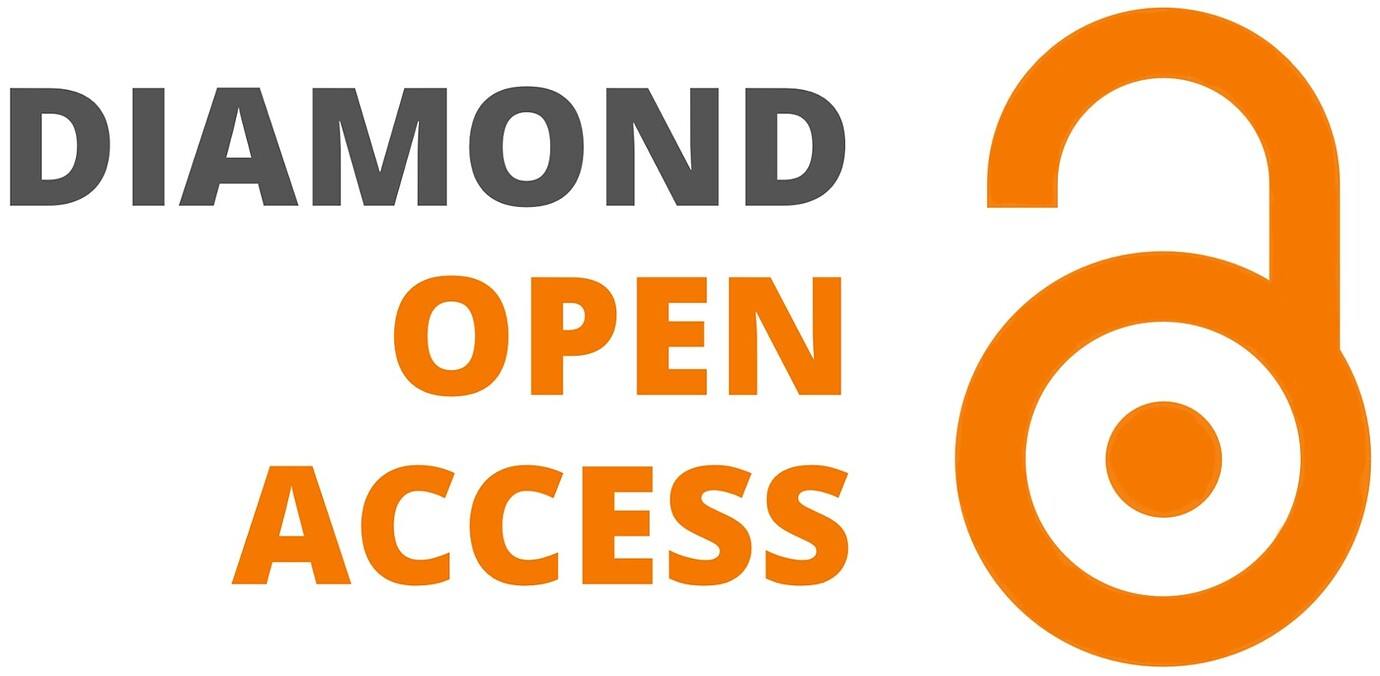Applying an Evidence-Based Practice intervention with children: How effective are speech-language therapies?
Keywords:
Evidence-Based Practice (EBP), speech-language therapy, baseline, efficiency of treatmentAbstract
This study deals with Evidence-Based Practice, a clinical approach based on scientific proof and which is recommended in fields where clinical intervention has an important place, such as speech-language therapy. This approach offers clinicians a methodology that allows them to reduce the uncertainty in therapeutic choice and provides guidelines for the evaluation of the effectiveness of treatments. More specifically, this work focuses on the evaluation of the effectiveness of speech-language therapies. It is indeed crucial to be able to demonstrate that the treatment proposed to the patient has proved effective and that the changes observed are specific to the intervention. The technique of therapeutic baselines represents a possible solution to this issue. The aim of this paper is to enhance the knowledge of this technique through various examples of clinical application in children. To do this, baselines have been constructed and implemented with three children (one girl and two boys aged 5, 6 and 15), in accordance with the Evidence-Based Practice approach. Using statistical analyses that compared children's performance before and after treatment, we could quantify the progression of each child. The results obtained confirm the relevance of using baselines to evaluate the effectiveness of speech-language therapies implemented in different areas of intervention, more precisely in the transcoding of numbers, lexical access, and phonology.




